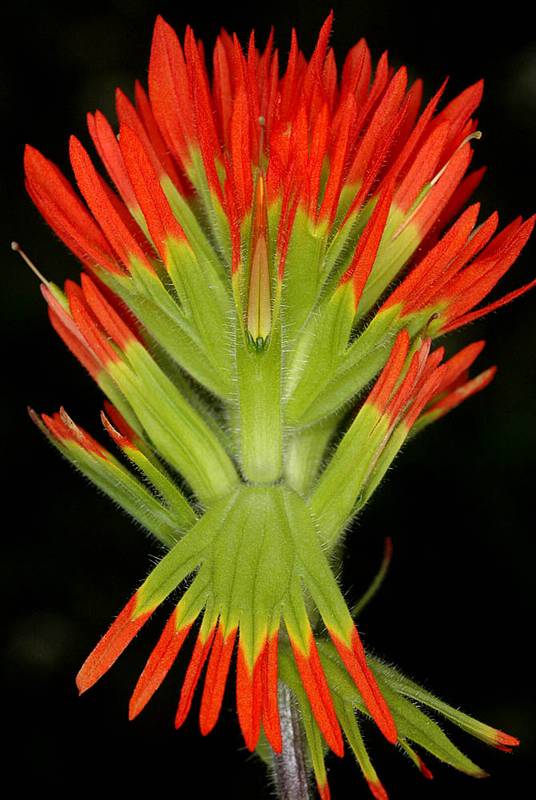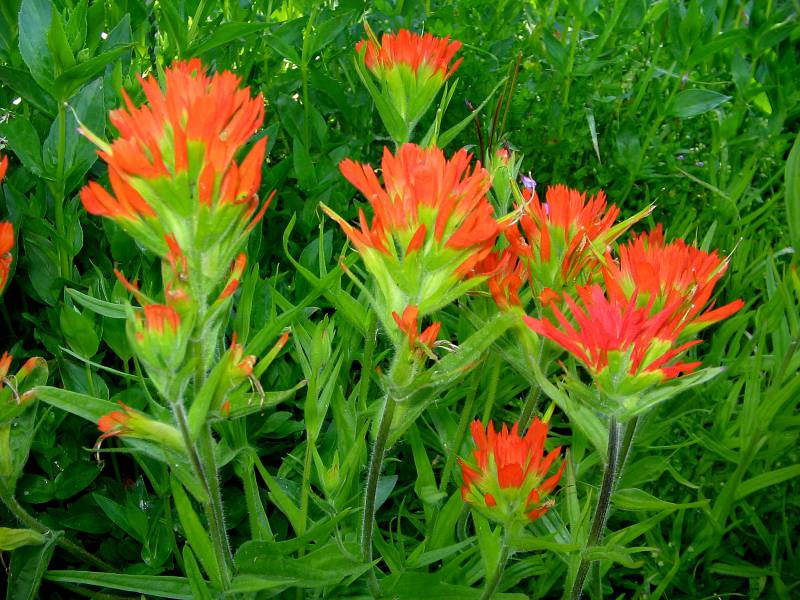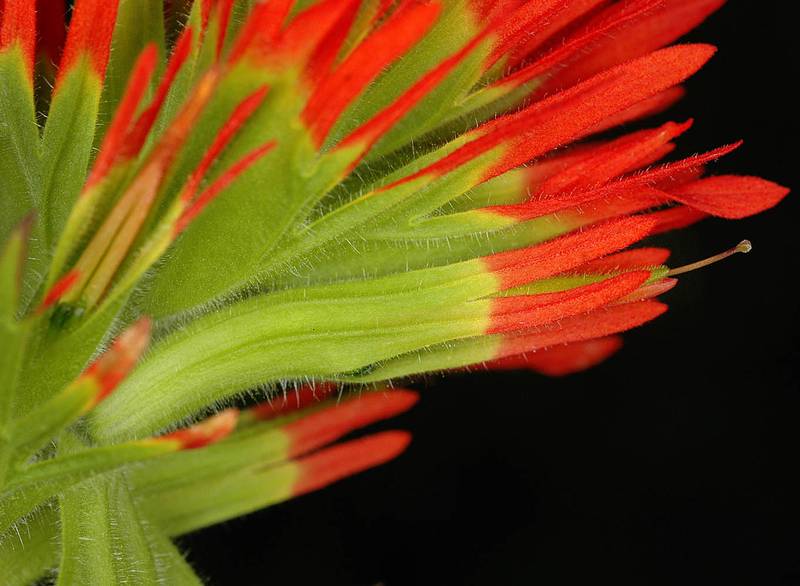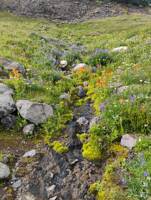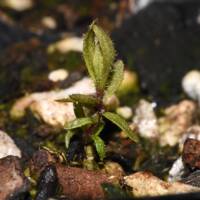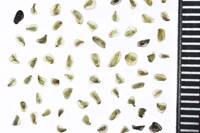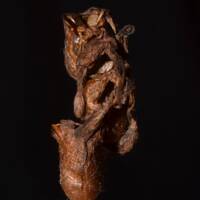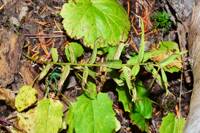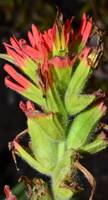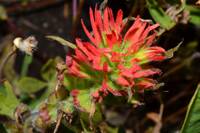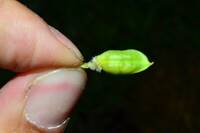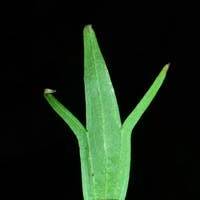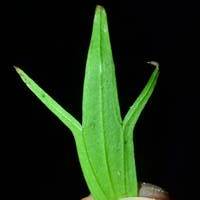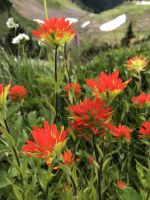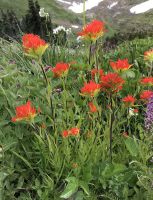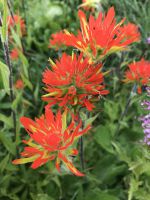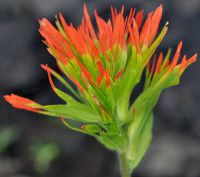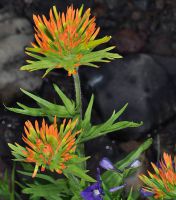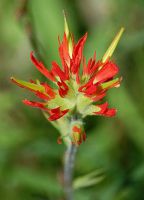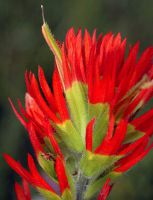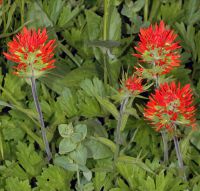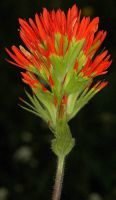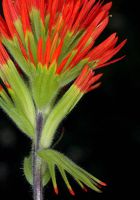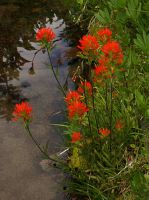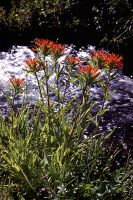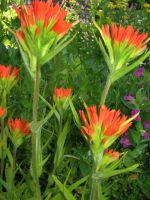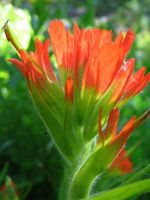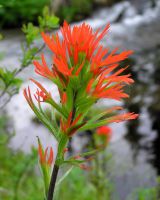Distribution: Occurring on both sides of the Cascades crest from mainly from Mt. Adams south; In Washington chiefly in the Cascades from Mt. Adams south, occasionally north to Whatcom County; Washington to Crater Lake, Oregon.
Habitat: Subalpine meadows and forests along streams and wet areas.
Flowers: June-September
Origin: Native
Growth Duration: Perennial
Conservation Status: Not of concern
Pollination: Bumblebees, bees, hummingbirds
Perennial, the stems erect, solitary, 3-5 dm. tall, from a slender, creeping base, unbranched, glabrate to obscurely villous, to more or less hispid.
Leaves alternate, usually glabrous, sometimes all entire and linear-lanceolate, but usually a few upper ones with 1-2 pairs of lateral lobes, these much narrower than the mid-blade.
Inflorescence showy, short and thick, but later elongating, the bracts and calyces with a yellow band below the red tips; bracts villous, rather broad, 5-parted, shorter than the flowers; calyx 20-30 mm. long, deeply cleft above and below, its primary lobes again divided into two linear, acute segments 8-12 mm. long; corolla 30-50 mm. long, the upper lip about the length of the tube and many times longer than the dark green, thickened, lower lip; stamens 4.
Capsule.
Publication: Proceedings of the American Academy of Arts and Sciences 22(2): 311. 1887.
PNW Herbaria: Specimen records of Castilleja suksdorfii in the Consortium of Pacific Northwest Herbaria database
WA Flora Checklist: Castilleja suksdorfii checklist entry
OregonFlora: Castilleja suksdorfii information
E-Flora BC: Castilleja suksdorfii atlas page
CalPhotos: Castilleja suksdorfii photos

